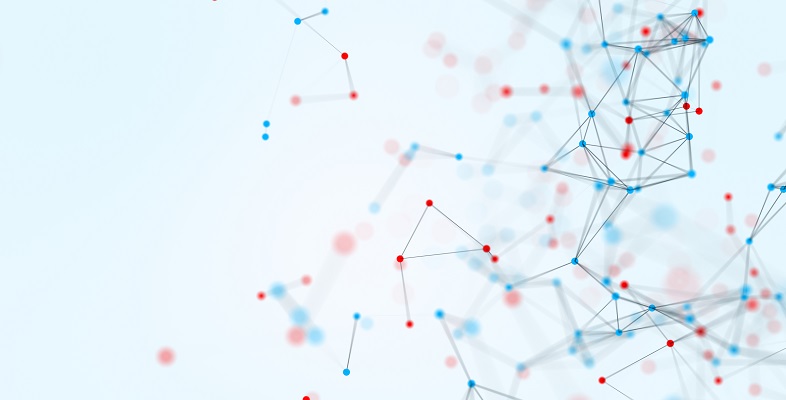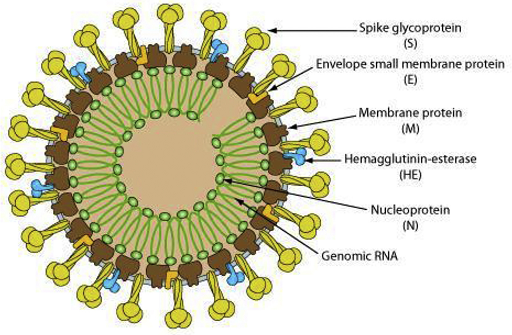6 COVID-19 and the importance of data and technology as a tool
The world has changed – certainly in the short term, but possibly in the long term as well. A virus jumping between species, from bat to human, has had a profound global impact. Data, computers, human ingenuity and scientific endeavour allowed the sequencing of the viral genome and the discovery of its structure.
This enabled the anticipation and prediction of behaviour and properties, in order to try and combat the effects of the virus. Collation of data on effect, spread, impact, mortality and morbidity allowed us to evaluate our initial models and refine, facilitating a more targeted response over time. It also allowed us to scrutinise the virus and develop a vaccine as a strategic intervention against it.
What is important to understand is that the collection, collation, interrogation and analysis of high-quality data is a prerequisite in fighting against this disease successfully.
As previously mentioned, Track and Trace systems use the hardware (phone) with the software harmoniously to try and limit the spread of the disease through notification of positive result to individuals and contacts. Obviously the software, testing, permissions, data management and technology must work to achieve efficacy, but the mere ability to do this would impact on the spread eventually.
There are certain contradictions though, if one considers the 1918 Spanish flu pandemic. It spread more slowly, albeit aided by troop returns and movements at the end of the First World War, and ran its course over approximately two years. In those days technology was limited, and even understanding of disease and how to manage public health emergency had no real firm scientific basis. In 2020 the COVID-19 virus spread rapidly, principally through airbridges between countries – thus, technology aided the spread of the virus.
What’s important to conclude in this section is that technology is both a blessing and a curse. In this instance the benefits, such as ease of travel, speed, comfort and cost have benefited the virus, but on the other hand, our ability to examine, track, analyse and manage our public health has benefited us. Technology and the data that drives decision making is only a tool, and of course, a tool is only as good as the one who wields it.
Activity 17 The view from your window
If you were asked to develop a coding system that enabled you to store the view from your window in the form of perceptual data in a computer, how do you think it would compare, in terms of complexity, with that of the DNA code?
Discussion
DNA has a very simple code: just four values or letters. A scene such as the view from a window is highly complex. It contains innumerable colours, light and shade, lines and edges, and visual depth, with objects nearby appearing focused and those further away progressively less distinct. So, encoding this for use by a computer would require a complex code.

